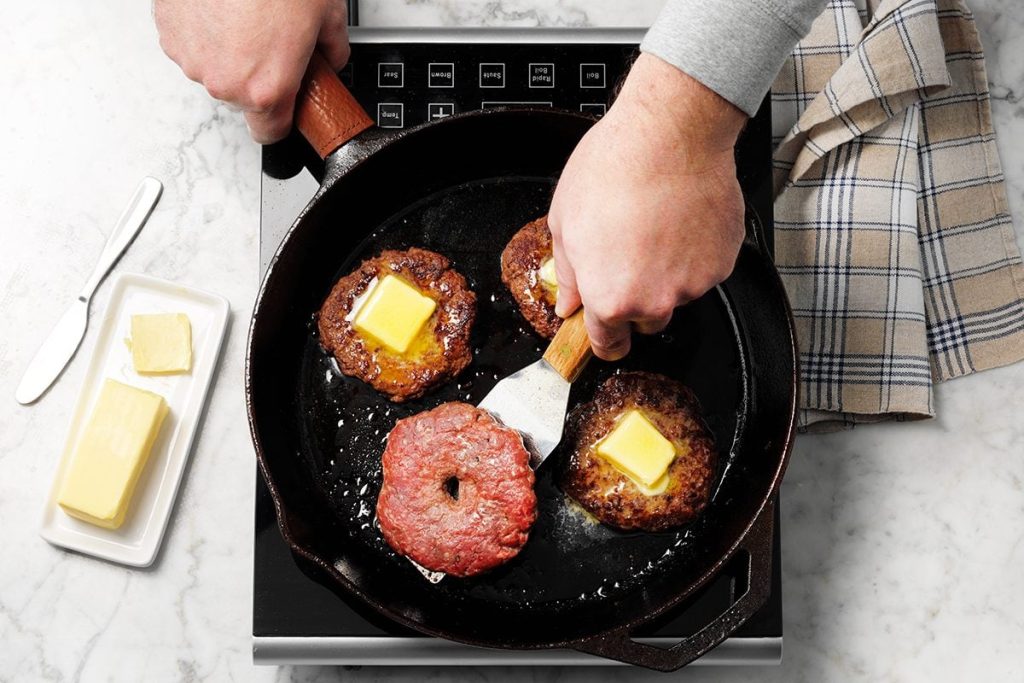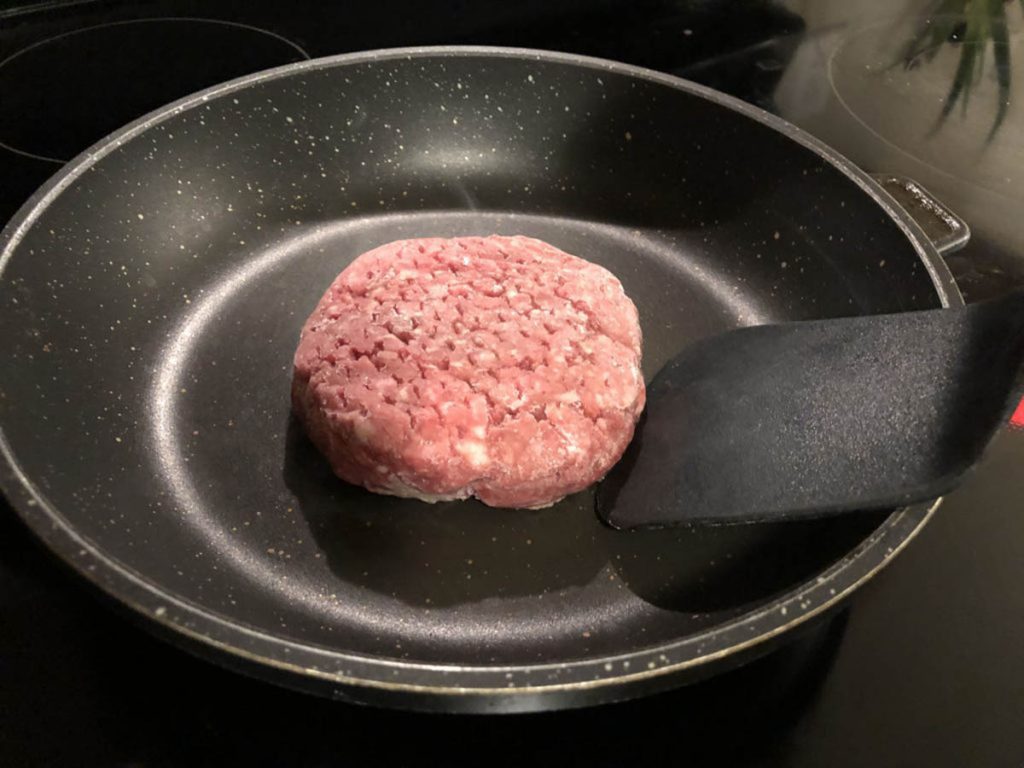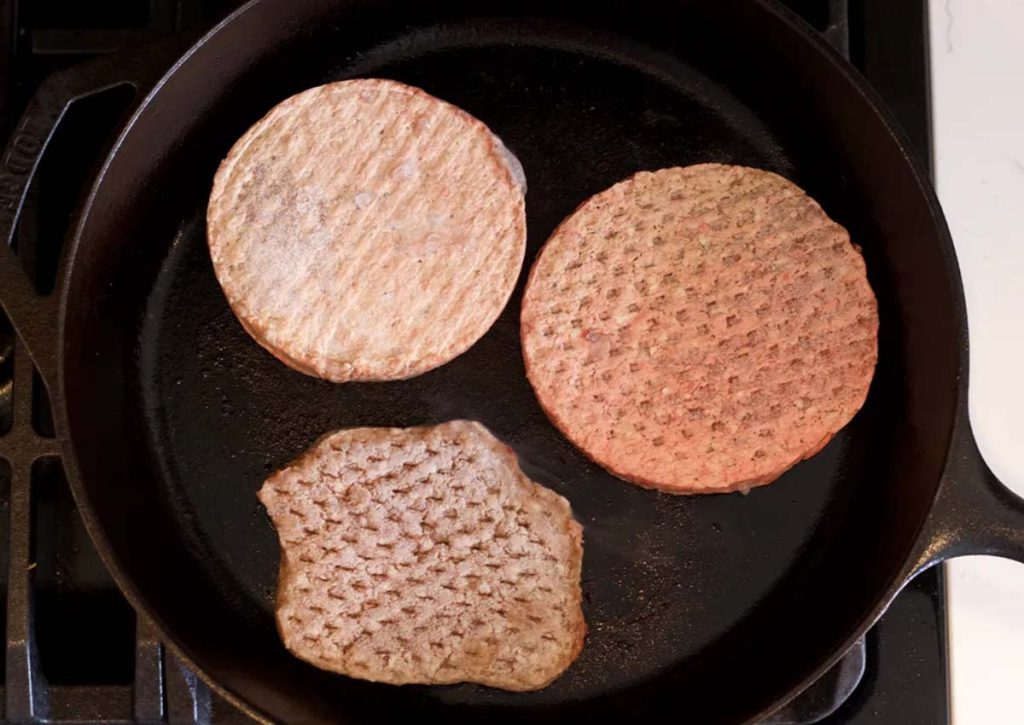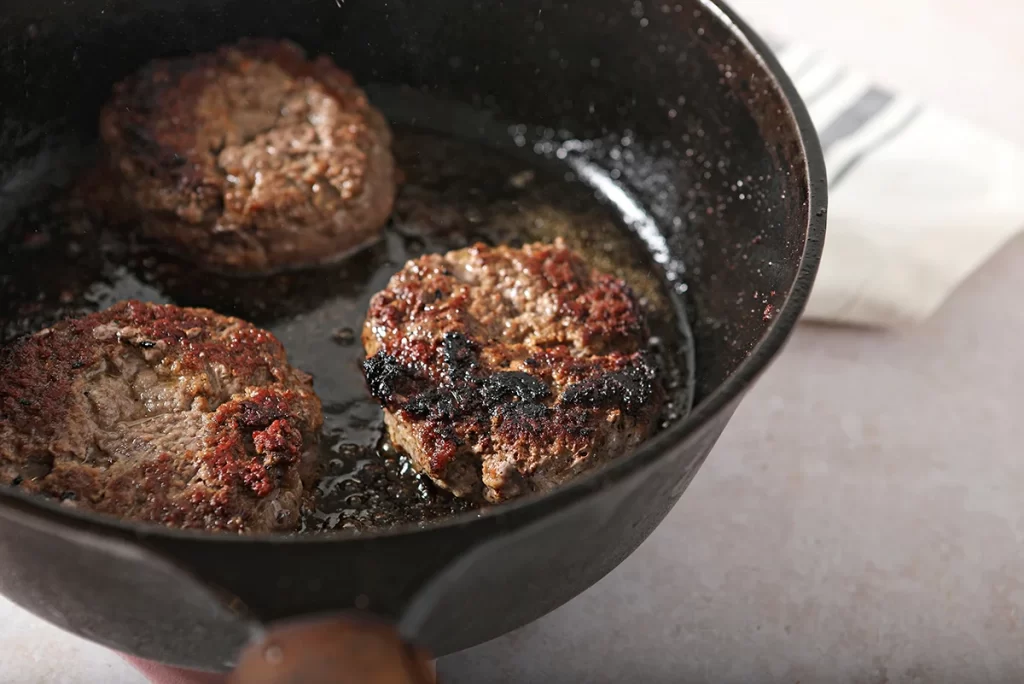Cooking Frozen Burgers on the Stove: A Guide to Cooked Patties
I. Introduction

A. Overview of cooking frozen burgers on the stove
Cooking frozen burgers on the stove is a convenient and delicious way to enjoy a juicy burger without the need for a grill. Whether you’re cooking for yourself or hosting a gathering, knowing the proper cooking time is essential to achieving a delicious and safe result.
B. Importance of proper cooking time for delicious and safe burgers
Proper cooking time is crucial when it comes to preparing frozen burgers. Undercooking can lead to a potential food safety risk, while overcooking can result in dry and flavorless burgers. By following the recommended guidelines, you can ensure that your burgers are cooked to perfection, juicy, and packed with flavor.
II. Stove Cooking for Frozen Burgers
A. Preparing the burgers for cooking
- Selecting quality frozen burger patties
When it comes to cooking frozen burgers, it’s important to start with quality patties. Look for burger patties that are made from high-quality meat and have minimal additives or preservatives. This will ensure that you’re getting the best flavor and texture in your cooked burgers.
- Properly thawing the patties, if necessary
If your frozen burger patties need to be thawed, it’s important to do so properly. Thawing the patties in the refrigerator overnight is the safest and most effective method. However, if you’re short on time, you can also use the defrost function on your microwave, ensuring to follow the manufacturer’s guidelines for defrosting frozen meat.
B. Cooking frozen burgers on the stove

- Preheating the stove and the skillet
Before you start cooking your frozen burgers, it’s essential to properly preheat both the stove and the skillet. Preheating the stove ensures even cooking, while preheating the skillet prevents sticking and helps to develop a nice sear on the burgers.
- Cooking time and temperature guidelines a. Medium heat and approximately 5-7 minutes per side
When it comes to cooking frozen burgers on the stove, it’s best to use medium heat. This allows the burgers to cook through without burning the outside. Cook each side of the patty for approximately 5-7 minutes, or until the internal temperature reaches 160°F (71°C) for medium to well-done burgers.
b. Use a meat thermometer for accurate temperature reading
To ensure that your burgers are cooked to the right temperature, it’s recommended to use a meat thermometer. Insert the thermometer into the thickest part of the patty, without touching the pan, to get an accurate reading of the internal temperature. This will help you avoid undercooking or overcooking your burgers.
C. Flipping and searing the burgers
- Flipping the patties halfway through cooking
To ensure even cooking, it’s important to flip the burger patties halfway through the cooking process. This helps to cook both sides evenly and prevents one side from becoming overcooked or burnt.
- Searing the burgers for added flavor and texture
For added flavor and texture, you can sear the burgers after they have cooked through. Increase the heat to medium-high and cook the patties for an additional 1-2 minutes on each side. This will create a nice crust on the outside of the burgers, enhancing the overall taste and appearance.
Cooking frozen burgers on the stove is a convenient and delicious option. By following these guidelines, you can ensure that your burgers are properly cooked, delicious, and safe to eat. Don’t forget to select quality patties, properly thaw if necessary, and use a meat thermometer for accurate temperature reading. Happy cooking!
III. Checking for Doneness and Proper Internal Temperature

A. Importance of checking for doneness
When cooking frozen burgers on the stove, it is crucial to check for doneness to ensure safe consumption. Undercooked burgers can pose a risk of foodborne illnesses, while overcooked burgers can result in dry and tasteless patties. Checking for doneness allows you to achieve the perfect balance between safety and flavor.
B. Using a meat thermometer for accuracy
To accurately determine the doneness of your burgers, it is recommended to use a meat thermometer. Insert the meat thermometer into the thickest part of the patty, avoiding the bone or any fillings. This will provide an accurate internal temperature reading and help you gauge when the burgers are properly cooked.
C. Recommended internal temperature for safe consumption
The recommended internal temperature for ground beef is 160°F (71°C) for medium-done burgers. This temperature ensures that harmful bacteria such as E. coli are killed off and the burgers are safe to eat. Keep in mind that cooking times may vary depending on the thickness and size of your burgers.
IV. Tips for Flavorful and Juicy Burgers

A. Seasoning the patties before cooking To enhance the flavor of your burgers, it is essential to season them before cooking. Sprinkle salt, pepper, and other desired seasonings on both sides of the patty. Consider adding garlic powder, onion powder, or Worcestershire sauce for additional flavor. Allow the seasoning to penetrate the meat by letting the seasoned burgers sit at room temperature for a few minutes before cooking.
B. Adding toppings and cheeses while cooking For an extra burst of flavor, consider adding toppings and cheeses while cooking your burgers on the stove. Place a slice of cheese on top of each patty and cover with a lid. The heat from the stove will melt the cheese, creating a gooey and delicious layer. You can also add favorite toppings such as onions, mushrooms, or bacon to infuse more flavor into the burgers.
C. Resting burgers before serving for maximum juiciness After the burgers are cooked to the desired internal temperature, it is important to let them rest before serving. Resting allows the juices to redistribute throughout the patty, resulting in a more evenly moist and juicy burger. Place the cooked burgers on a plate and cover them loosely with foil, letting them rest for approximately 5 minutes before serving.
V. Conclusion
In conclusion, cooking frozen burgers on the stove requires proper attention to doneness and internal temperature. Checking for doneness using a meat thermometer ensures safe consumption and delicious results. Seasoning the patties before cooking, adding toppings and cheeses, and allowing the burgers to rest before serving all contribute to flavorful and juicy patties. By following these tips, you can enjoy perfectly cooked frozen burgers that are safe, delicious, and enjoyable for everyone to savor.

